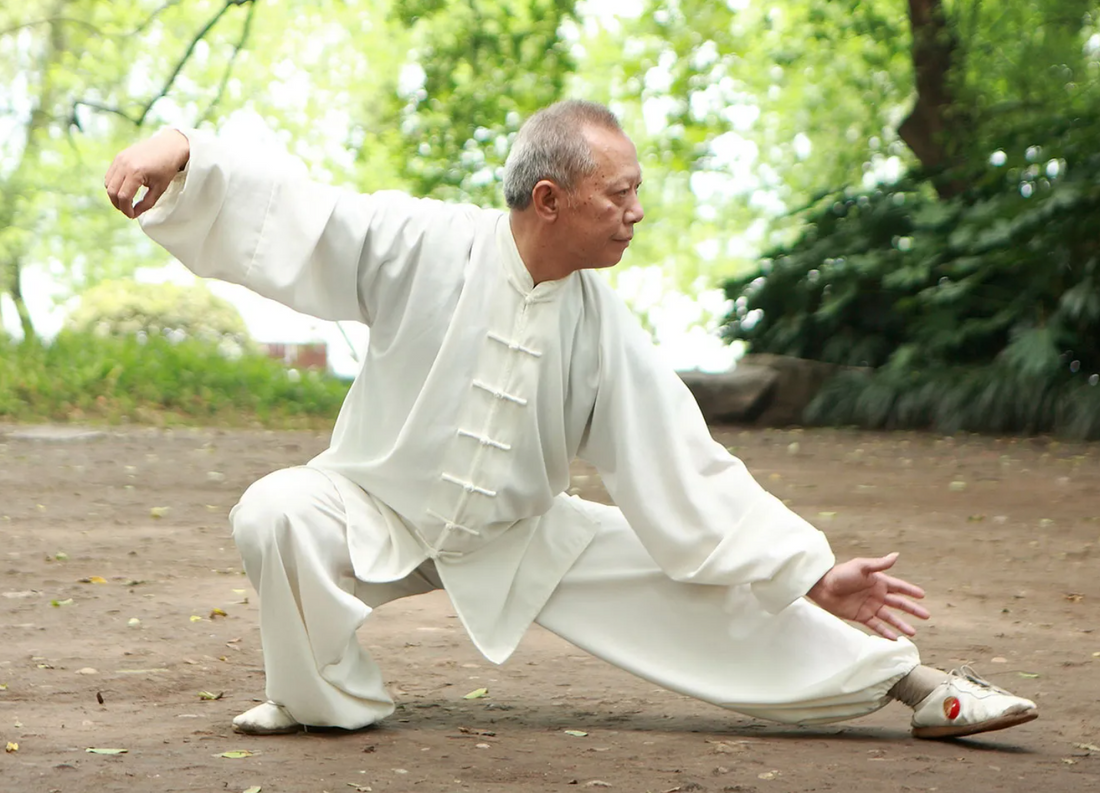To get better as fast as possible, how much should we be struggling in our attempts at producing high quality technique? In other words, how should we adjust difficulty levels to maximize the rate of improvement?
Many factors may weigh in on this question. Do we want to build confidence? Then some easier practice with a minimal number of failed attempts may be best. On the other hand, if we are really getting “it handed to us” by a high difficulty level in practice, won’t that prepare us for difficult games? Or, won’t that provide us a ton of feedback on where we are going wrong so we can correct our form? It isn’t hard to come up with more reasons to think that one way or another is better. But the problem is, they tend to argue both ways. This may push us to a balanced approach that falls between very easy and very difficult.
In the book Growth Mindset by Carol Dweck there is a recommendation about the best conditions for learning that say that, in order to improve as fast as possible, learners of some new skill should succeed on about 80% of their attempts to perform the skill. Therefore, they would fail in those attempts 20% of the time.
How does that number help us as hockey coaches? Obviously, it is a guide for calibration of how difficult a task should be to be most efficient with learning. 20% basically means we should fail one out of every five attempts. Of course, this can be difficult to achieve as the failure rate will change with the very improvement we are seeking. If we were seeking to stay perfectly at 20% at all times we’d be constantly adjusting the nature of the task to account for the improvement that is constantly happening.
Hockey coaches can struggle with this. They see their players messing up a drill and often look at that as a problem. But, for maximum learning, there should be a lot of messing up going on out there. With that said, we do need to be pragmatic about this issue depending on the type of drill in question. Multi-player collaborative drills such as passing drills that resemble game flows are often vulnerable ruining the whole flow just from one player messing up. This screws up the timing for everybody else. In order for things to be going well for the group in that type of drill, the failure rate has to be quite a bit lower than 20% for each individual player.
Image Removed: Two hockey players passing
But, in most cases, individual skill drills allow players to challenge themselves without risk that their failed attempts will significantly affect anybody else. So, we should be seeking to control the difficulty to create that favorable 20% error rate in these types of drills.
But two issues complicate that. First, it’s the same drill for all the skaters but the skaters will have different skill levels. Second, if its something new, they will start to "get it" once they go through the drill a few times. So, to address both issues, we need to try to get roughly the right error rate for the group as a whole and we may need to tolerate a higher error rate when they first go through the drill compared to a few minutes later.
Regardless of these complications, a difficulty level where players fail in the neighborhood of once every five attempts is a good idea to have in our heads. It can just be a "feel" thing. Coaches should try to get a feel for the error rate and adjust the difficulty to approach something that feels like 20%.

However, it can be hard to find ways to adjust the difficulty depending on the nature of the drill itself. The most straightforward adjustment one can make that covers most any drill is to adjust your speed. With any body-control challenge that isn't supported by well-established habits, one does better when one can do them while thinking about the key details of how to do them right at the same time. If you do them fast, you can't concentrate enough on those details. So, it pays to start slow. And then, as players build some experience with the challenge they can speed up. This is well known.

The ancient martial art of Tai Chi is a great example of a tradition that emerged out of an effort to slow things down during the technique training process to get things right.
Without changing the drill too much, are there other ways to adjust the difficulty level? Obviously yes. But, these may be relatively few. However, a unique feature of these slip-under-device-based drills that are so common these days is that they can offer lots of extra ways to tweak and calibrate the difficulty level. For today, this is just something to think about. But, in our next post, we'll dive into the many ways that drills can fine-tuned when those drills involve slip-under-device interactions!


